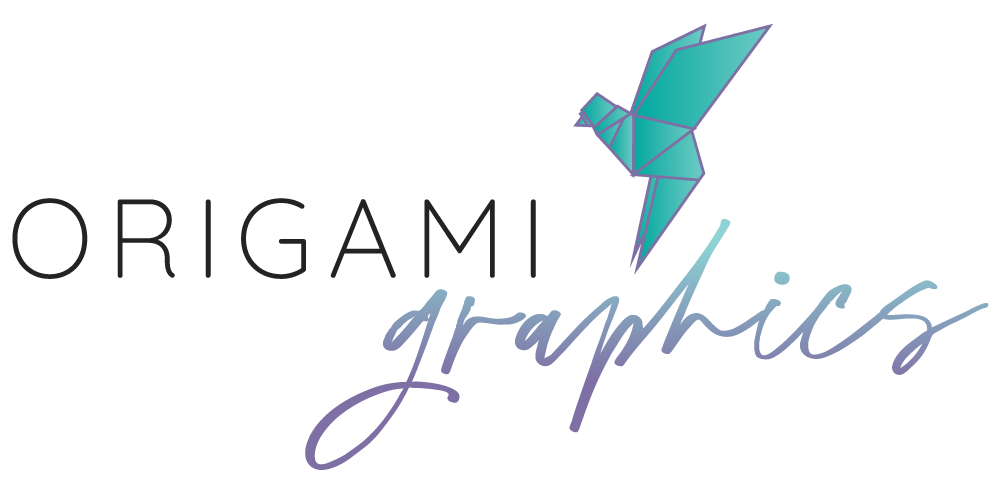Graphic design is a tricky profession to price, because visual art can be subjective and that means pricing and value can be perceived as subjective, too. But that’s the thing – design isn’t just *art*. Design is artistic principles, applied with purpose, to enhance commercial and emotional value for your business or project. Graphic design is a practical, moneymaking, marketing profession.
Traditionally, creative work is financially undervalued and designers aren’t paid much; people consistently underestimate the psychology that goes into branding and how deeply it affects a potential customer’s decision to purchase or not. These results are clearly seen in the lowering of smoking rates after plain cigarette packaging was introduced in Australia – graphic design on these products was made illegal in order to reduce their temptation, and make smokers associate smoking with death and disease instead of luxury and status. The initiative was so successful that other countries including the UK have now done the same.
You can pay pennies for a designer on Fiverr, but that exploits the designer with payment below minimum wage and shows that you’re not understanding the profession and its purpose. The truth is, in order to provide you with services that cheap, the designer has to use templates and premade designs; reuse work they’ve given someone else; and deliver you files that are repetitive, unoriginal, and ineffective. The baker ends up with the same logo as the laundromat down the road, and neither business has a brand that’s carefully thought through and attractive to their ideal customers.
Aesthetics and logical design make a big difference to emotion and usability. They can be the difference between choosing one bottle of wine over another; choosing whether or not to stop and get a coffee at that local cafe on your walk; and choosing whether to buy a piece of clothing or follow through with an online purchase. Bad design can even lose you customers – have you ever quit a website in frustration because it was confusing, poorly-designed, or slow?
Yeah, me too.
Good design = excited customers = more money.
Let’s break down how much your designer should be paid to give you better results.
Step 1: The Benchmark
Give or take, the average full-time salary for a graphic designer in Australia is between $65,000 and $80,000 per annum plus 10% or more in superannuation. At the lower end, this pretty on-par with the median national wage.
To keep our design estimates as low as possible, let’s use the lower of those figures.
Broken down, $65,000 plus 10% super is the equivalent of $1375 per week or $34.37 an hour.
This means you should expect to pay a freelance graphic designer a minimum of $34.37 an hour.
Step 2: The Extra Entitlements
A freelance graphic designer is not a company employee, and is therefore not entitled to annual leave or sick leave. They also have irregular work. Exactly the same as a casual employee in any other profession, they therefore need to be paid more to account for their lack of leave entitlements and inconsistent weekly hours.
Add at least $5 an hour to account for this, raising your minimum rate payable to $39.37 an hour.
Step 3: The Business Expenses
Unlike a graphic designer employed with a company, freelance graphic designers are business owners. They need to spend money on business expenses, and spend admin time running their business. My own annual business expenses are about $25,000, and I don’t even have any staff; on top of that, I need to do some unpaid work such as emailing, accounting, sending invoices, paying invoices, financial forecasting, formulating quotes, developing my website, improving my offerings, and undertaking professional development to upskill.
Add at least $10 an hour to account for your designer’s unpaid obligations, taking your minimum rate payable to $49.37 an hour.
Step 4: Value
Not all small business owners are tertiary-educated, but many graphic designers are. Add $5 an hour to pay for your designer’s technical expertise and student debt. You’re now on $54.37 an hour.
Graphic Design also isn’t an essential service like plumbing or electrical work; it’s part of the marketing profession, and most people who engage a designer are doing so to help make a profit for themselves. Your designer needs a piece of that pie, so add on a minimum of $5 per hour in value considerations; more if you’re a large business expecting to make huge profits thanks to your designer’s work.
Your minimum rate payable is now $59.37 per hour.
Step 5: Supply and Demand
Student designers and fresh graduates can charge pretty low rates, but experienced graphic designers tend to be busy people with a lot of clients asking for work. To keep them sane and able to spend adequate time on each job, ensuring great quality and service without copping a financial hit, add at least an additional $10 per hour to account for experience and scarcity.
Your minimum rate payable is now $69.37 per hour.
Step 6: GST
Freelance graphic designers are business owners, which means they have to pay GST on top of their prices. Add 10% to the hourly rate to cover the GST.
Your final rate payable is $76.31 per hour – and more if your designer is very senior and experienced, very highly educated, and/or consistently in-demand. (Hint: I raised my prices from $85 to $100 for new clients in February 2024 after being consistently booked out more than a month in advance for 2 years. Constantly turning people away – while having no capacity to accept students for internships, because I was overloaded – was getting really old, and nobody was happy.)
How to keep costs down
It’s important to strike a balance between value and fairness. Generally, I quote with a focus on affordability, and eliminate value fees if my client is a low-budget microbusiness or a not-for-profit organisation. I also provide additional options if my clients would like to choose to pay more to get more. More service, more time, more quality – all made possible because I’m relaxed, able to think creatively, and have plenty of time to get the job done perfectly instead of rushing to start the next one.
If your focus is on your budget, you’re going to have to sacrifice either speed or quality to get the price you want. This is because your designer has to take on more work to pay the bills – so they’ll either rush your job and do poor work, or do a great job only when they find some spare availability in their calendar.
The best thing you can possibly do if you need budget design is engage a design student or new graduate to do the work – that way, they get valuable experience and are able to add real, hands-on work to their professional portfolio. But be warned – the invisible price you will pay for that service is inexperience.
If it’s more important to you to have the job done properly and have branding collateral that’s on-point, effective, and communicates perfectly with your ideal customer to maximise your chance of making sales – then you need to shift focus away from budget and be willing to pay for results.
I hope this article makes pricing clearer, and helps you make an informed choice about how to proceed with your project!

